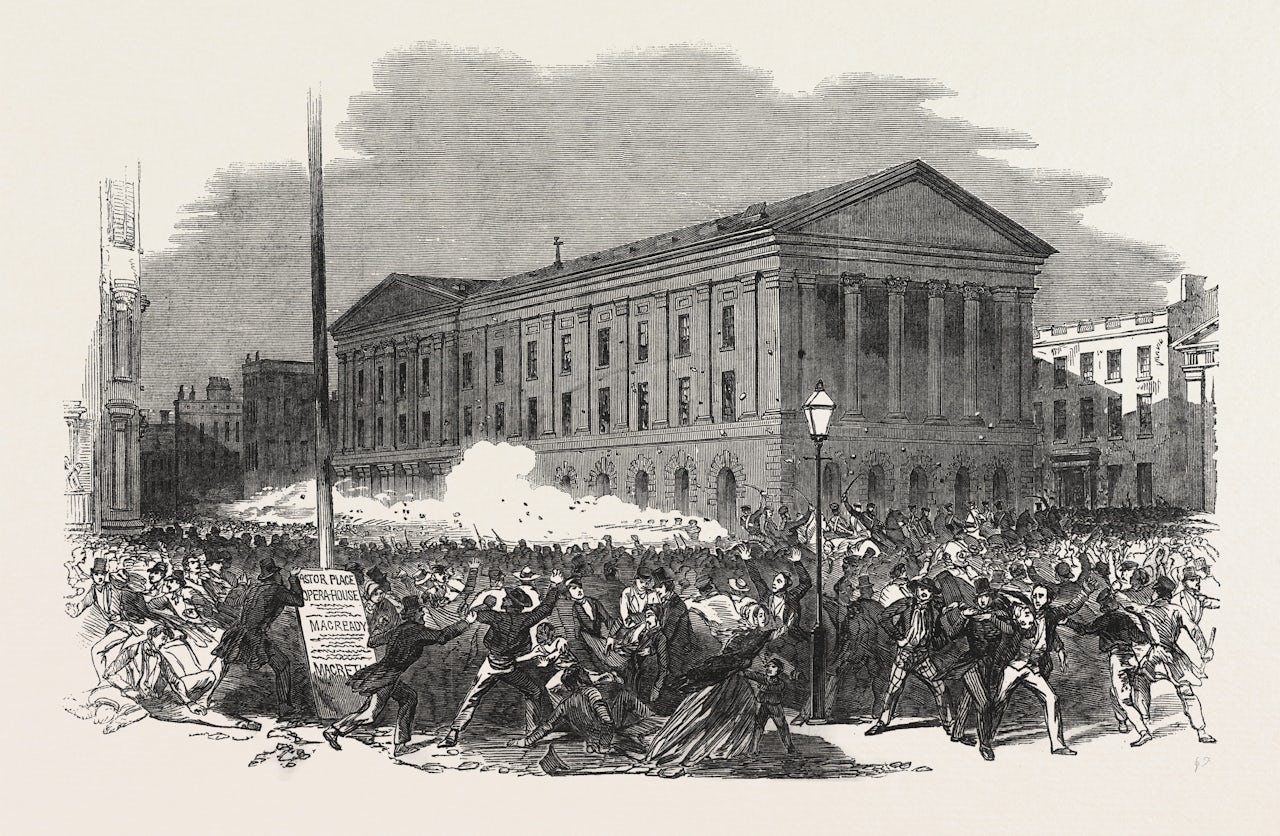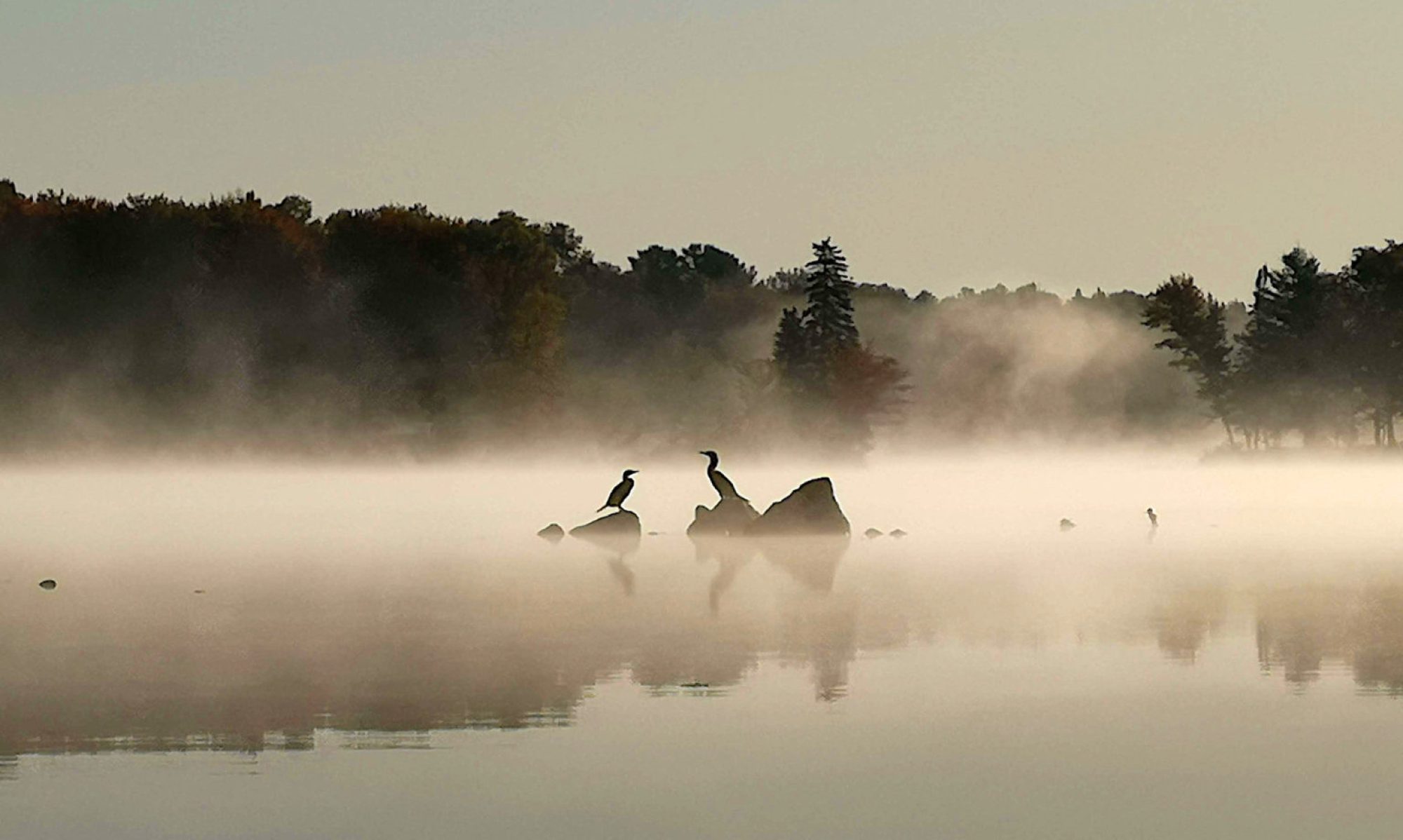Whenever I’m walking through a city like New York, or any city or town in Europe, I’m always on the lookout for a metal plaque on the wall commemorating something, and this is a great example of why. I haven’t seen it personally, but according to this Outline piece, there is one near Astor Place in Manhattan, and what it commemorates is a riot I had never heard of until now — the great Astor Place Opera Riot of 1849, in which a mob of thousands attempted to storm a theater over a performance of Macbeth, the National Guard had to be called up, 31 people were killed and more than 100 wounded, “all because of the personal jealousies of two vain and insecure actors,” an Englishman with aristocratic airs named William Macready, and an American, Ned Forrest.

According to the Outline piece, Forrest “had previously hissed at a performance of Macready’s in Edinburgh, which he later proudly admitted in a letter to a newspaper. Forrest believed that, in revenge, Macready had deliberately set the English press against him and damaged his career there. In any case, neither of them comes off well in the incessant letters lambasting each other that were published in the newspapers in both countries. By the time he arrived in America for his performance of Macbeth, a considerable section of the public had turned against Macready, especially those in the working class, who despised anything fancy and British.” There was also resentment of Astor Place, which required people to be clean-shaven and wear white gloves.
The Astor Place riot combined two of 19th-century America’s favorite pastimes: going to the theater and rioting. This was especially true in the period after the election of Andrew Jackson in 1828, who was swept into office on a wave of raucous populism and expanded suffrage to all white men. Jackson’s inauguration was very nearly a riot itself: a horde of drunken men packed the White House, destroyed furniture and overturned the food laid out. The crowd could only be lured onto the lawn with the promise that more whiskey-spiked punch would be served outside. The violence peaked in 1835, when the country saw some 147 riots, according to David Grimsted’s American Mobbing: 1828-1861: Toward Civil War.
https://theoutline.com/post/8659/the-astor-place-opera-house-riot-of-1849-was-lit?zd=2&zi=b7qgsnud
Note: I found this Outline piece via Ann Friedman’s excellent newsletter, which I highly recommend subscribing to.
